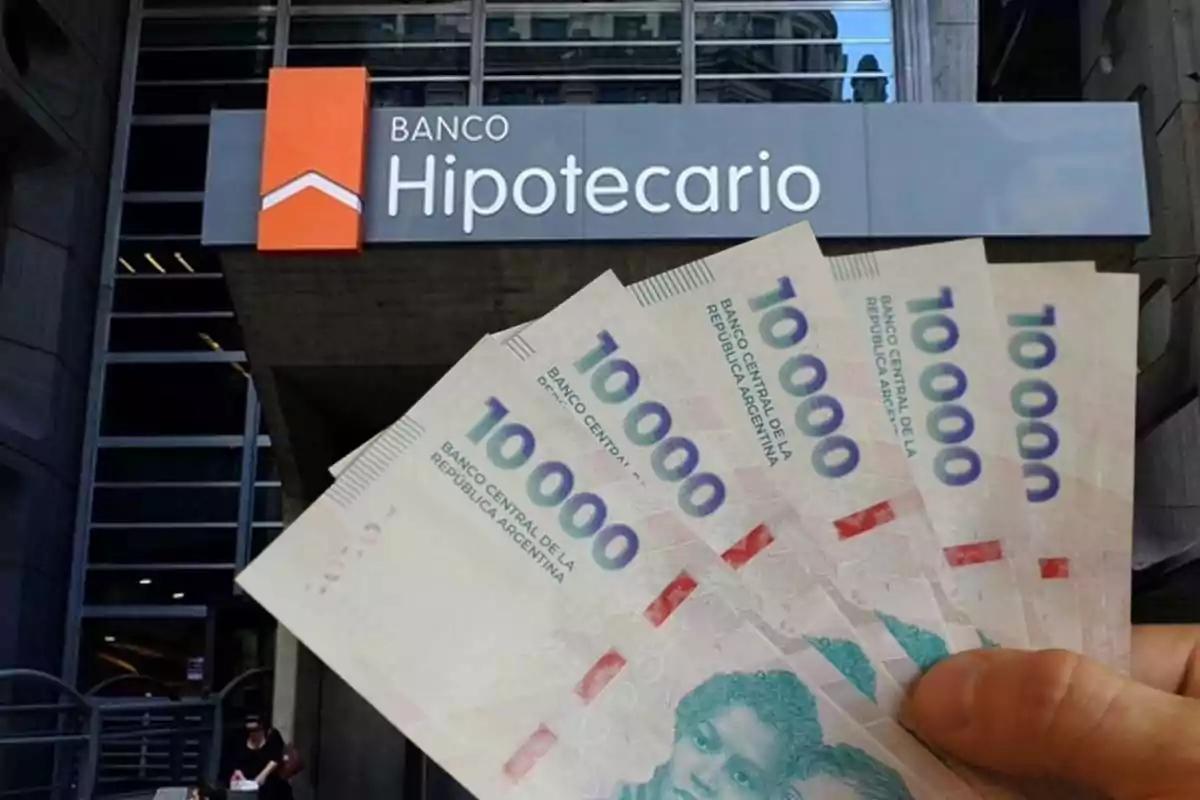
Fixed-term deposit rates keep rising: who leads the ranking
Fixed-term deposit rates range from 25% to 46% APR; comparing banks can make a difference in earnings
The performance of 30-day fixed-term deposits continues to show significant differences among the banks that report to the BCRA. The nominal annual rates (TNA) range from 25% to 46%, depending on the institution.
Fixed-term deposits remain the preferred option for small and medium-sized savers. Comparing rates is key to maximizing profits.

Banks leading the ranking
- Voii: 46% TNA
- Banco Hipotecario: 45.5%
- Banco Bica: 45%
- Banco Nación: 44%
- Banco Provincia (Cuenta DNI): 44%
- Banco de la Provincia de Córdoba: 44%
- Banco de Corrientes: 44%
- Banco del Sol: 44%
- Reba: 44%
- Crédito Regional Compañía Financiera: 44%
These rates represent an attractive monthly return for those who prioritize security. Some provincial and digital institutions pay the same as large banks, offering safe and profitable alternatives.
Banks with intermediate rates
Between 40% and 43.5% TNA are Banco Galicia and Comafi (43%), Meridian (43.5%), Credicoop (42%), Bibank (42%), ICBC (42.85%), and Banco Provincia de Tierra del Fuego (42.5%).

These options are ideal for those who already operate with these banks and seek to maintain a business relationship, although the return may be several thousand pesos lower than the leaders.
Banks with the lowest rates
At the other end are Santander Río and Banco Dino with 35%, Banco Formosa 32%, Banco Ciudad 31%, and Masventas 25%. The monthly difference between the highest and lowest rate can exceed $17,500 per $1,000,000 invested.

What is TNA and how to calculate the return
The TNA indicates the annual profitability without considering capitalization. For example, a 44% TNA is equivalent to an approximate monthly interest of 3.67%. The TEA considers monthly reinvestment and generates a higher return.
For $1,000,000, a fixed-term deposit in Voii (46% TNA) yields about $37,808 per month. In Masventas (25% TNA) it would be $20,547. The gap shows the importance of comparing before investing and how it increases with larger amounts and prolonged reinvestment.
More posts: